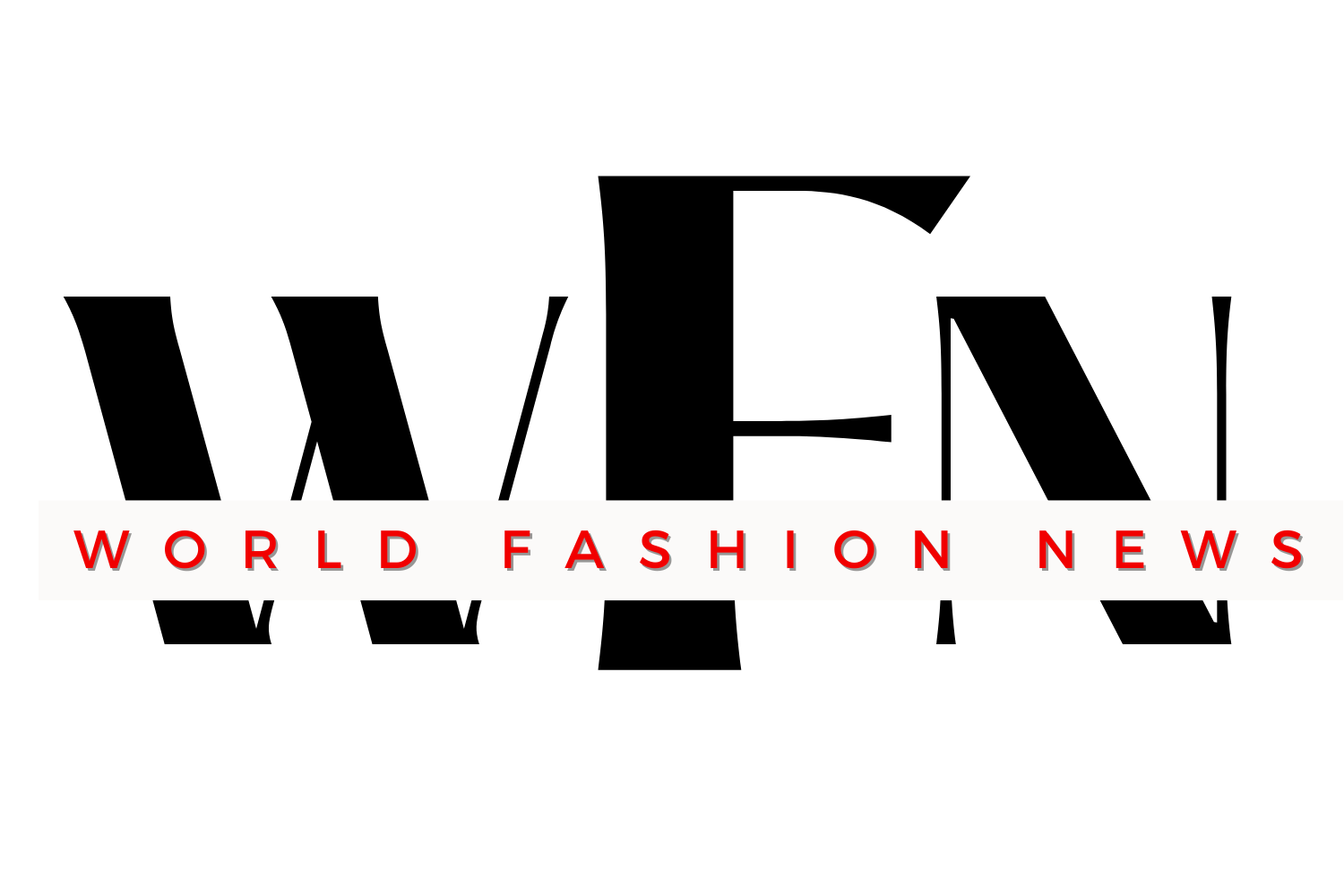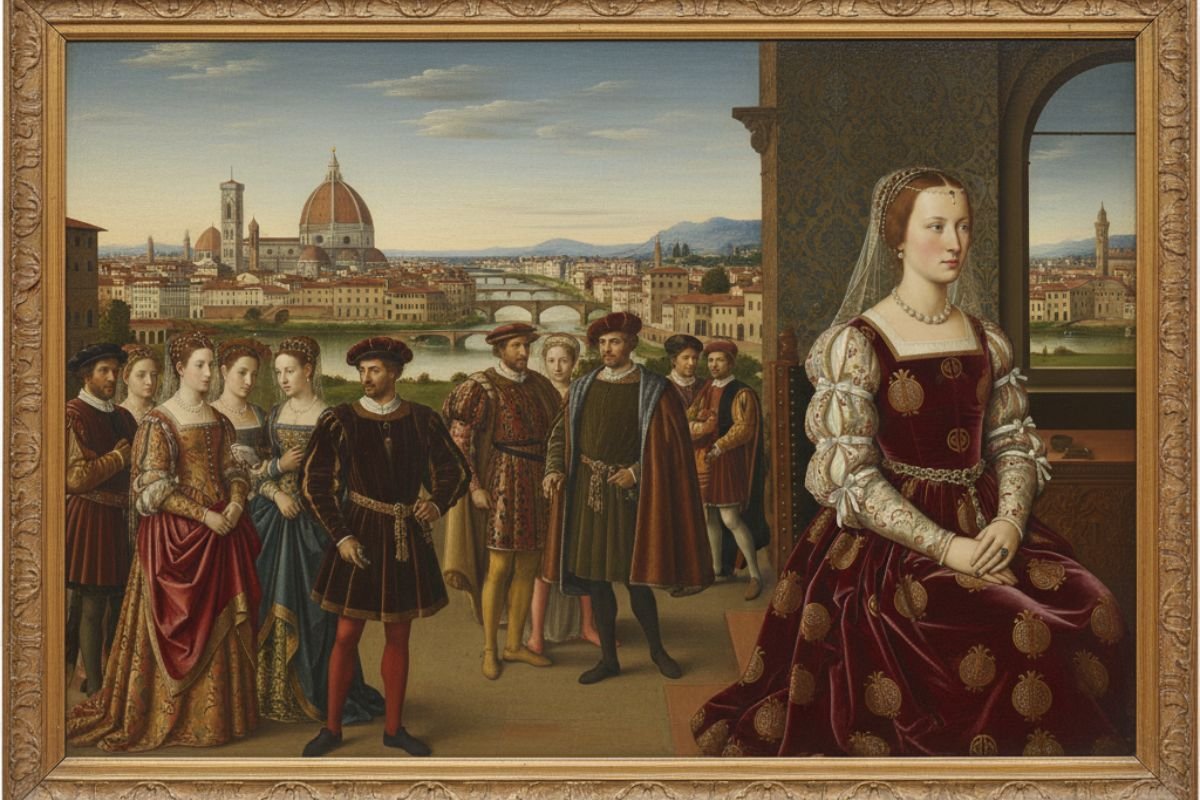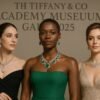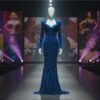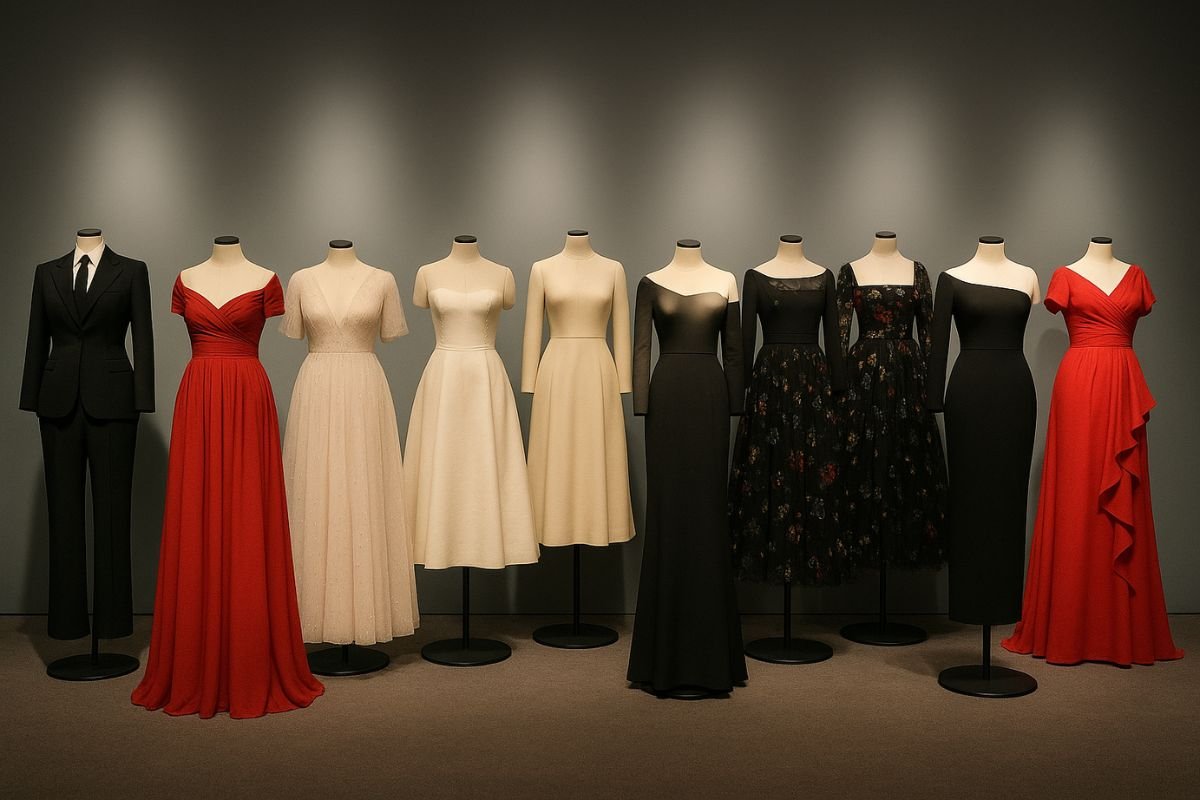A brief overview
During the 15th century in Florence, fashion wasn’t just an accessory, it was a visual language that identified you, your family, as well as the status you held within society. It was a period where art and fashion were literally on the same wavelength, as both told the story of wealth, morality, as well as power. The golden age of creative Europe, the Medici dynasty, contributed greatly to a period where every crease, every piece of cloth, as well as every trim, held so much significance as a badge of your social status.
The Houppelande – An Accessory of Power & Refinement
The most striking feature of fashion in 15th century Florence would have been the houppelande, a very loose-fitting outer robe featuring deep, luxurious folds of fabric cascading from the shoulders. These were always made of velvet, silk, or brocade.
The open seams on the sleeves gave a peek into the luxurious undersleeves, a deliberate display of wealth and elegance.
View this post on Instagram
This artwork exemplifies this very phenomenon. The woman’s houppelande, whose open sleeves personify the Florentine idea of elegance and prosperity, exemplifies this very phenomenon. It brings life to the artwork, making it a living record of fashion in the 15th century.
From ideas to actual pieces, our collection helps you channel the same energy into your own wardrobe.
The Horned Veil and Marital Identity – 15th Century Florence Fashion
Another form of self-expression in Florence during the period was headwear. The use of the veil with horns, common among married women, indicated elegance and married status. Its design served to define the features of the wearer while making her stand out from other women, whose hair would be bare on their heads.
These subtleties were rich in meaning as both statement and practice. The codes of society expected women to adorn themselves in ways that were analogous to those of chastity and modesty. Thus, fashion became a display of both faith and femininity.
Fashion, Art, and Society in Renaissance Florence
The arts were a driving force behind the retention of the fashion era. Artists like Fra Filippo Lippi, Sandro Botticelli, and Domenico Ghirlandaio became a voice for the fashion industry. The artwork depicted not only the elegance of the period but also conveyed elements of fabrics, jewelry, and silhouette as a form of fashion.
The Medici dynasty’s patronage ensured the rise of Florence as a fashion innovation hub. The collaboration between artists and fashion designers enabled the translation of fashion into a language of status, as it continues to mesmerize historians even in modern days. “When Clothing Became Culture”. What we think of as fashion today can be considered a form of storytelling, a means of communicating one’s position within a carefully calibrated hierarchy.
You May Also Like:
- The Sartorial Renaissance: How Fashion Is Reborn from History
- Beyoncé’s Fashion Revolution: Renaissance on Stage
- History of Fashion – From Ancient Drapes to Modern Runways
The folds of a houppelande, the quality of a veil, and the richness of silk all served as markers of status, as does the portrait art of Fra Filippo Lippi, whose work can tell us about the deeper levels on which fashion has always operated. For modern designers as well as historians, the study of fashion in 15th-century Florence has a lesson for all time: fashion, as observed from the perspective of art, equals culture.
